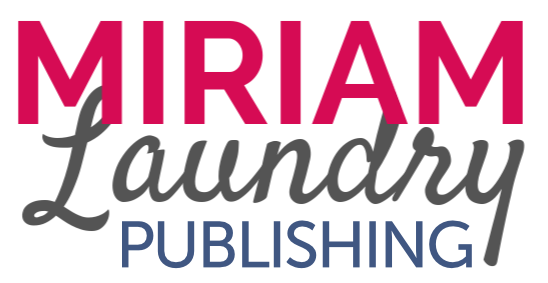Has a writer or editor ever told you to revisit the pacing in your story, leaving you to wonder exactly what pacing is and how to use it to your advantage? In this blog, you’ll discover what pacing is and how to use it effectively in a children’s picture book.
What is Pacing?
Pacing in books refers to the rhythm and speed at which a story unfolds. It determines the timing of events and beats within a story. Just like in music, stories use pacing to create energetic and slow moments alike. It’s also the unseen force that keeps readers engaged, turning pages eagerly. Manipulating the pacing in a book requires you to consider sources of tension, suspense, and moments of calm to create a satisfying read.
Why Does Pacing Matter?
Pacing is the secret ingredient that can transform a decent idea into an immersive story. A well-paced story maintains tension and interest, keeping the reader from getting bored or confused. On the other hand, poor pacing can lead readers to lose interest, become frustrated, or even detach from the story.
Consider a roller coaster ride – the peaks and valleys, the sudden twists and turns. Pacing is the roller coaster of storytelling, taking the audience on a journey that keeps them hooked until the very end.
How to Manipulate Pacing in Storytelling
All this begs the question, how do you actually create differences in pacing. How do you create those rollercoaster peaks and valleys to keep the reader engaged? Read on to discover how to pick up the pace and how to slow it down.
When to Pick Up the Pace
In picture books, it’s important to speed up the pacing during any action sequences and any less-important scenes.
For example, the reader doesn’t need you to go in detail about how the main character gets ready in the morning or how they tie their shoes. Instead, you can speed up the pacing during these “mundane” moments to keep the reader focused on the most important scenes.
Interested in Writing a Children's Book?

How to Pick Up the Pace
Short and Snappy Sentences: Use concise and impactful sentences to quicken the narrative flow. This creates a sense of urgency and propels the story forward.
Action-packed Scenes: Introduce high-stakes scenarios, intense action, or unexpected twists to heighten excitement.
Dialogue: Well-crafted dialogue can significantly contribute to pacing. Quick-witted exchanges can bring energy into the narrative, speeding up the overall tempo.
Cut Unnecessary Details: Trim unnecessary details that do not contribute to the plot's momentum. Readers appreciate efficiency in language, especially during high-stakes moments.
When to Slow It Down
You’ll want to slow down the pacing in your picture book during its most important and impactful scenes.
For example, you’ll want to slow down time when your character is having an epiphany or is experiencing intense emotions.
How to Slow It Down
Description: During moments of reflection, emotion, or setting establishment, indulge in rich, descriptive language. This not only enhances the reader's immersion but also slows down the pace to give your reader time to think.
Character Development: Take the time to dive into the inner thoughts and emotions of your characters. Instead of telling us what a character is feeling, show it to us using concrete details. By exploring their complexities, you create moments of depth that naturally hit the brakes.
Scenic Pauses: Pause to describe the surroundings, allowing the reader to savour the atmosphere. This can be particularly effective in building suspense or providing a breather between intense scenes.
Interested in Writing a Children's Book?

Navigating pacing in your picture book is a nuanced skill that requires a deep understanding of your story's dynamics and your audience's expectations. Experiment with different techniques, and remember, your reader needs a steady balance of both fast and slow paces. No one is better than the other. Whether you're writing a simple story book for young readers or you’re writing to deliver an empowering message, pacing is the key to keeping your reader interested from start to finish.
